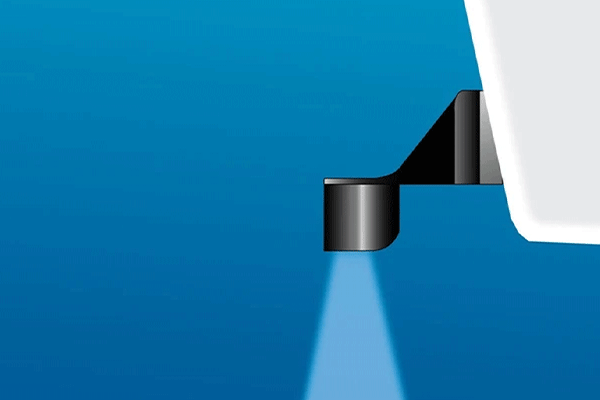
Depth sounders, or fish finders, are essential tools for fishermen and boaters, helping to identify the underwater landscape and locate fish. The effectiveness of these devices heavily depends on the proper installation of the transducer, which is the component that sends and receives sonar signals. Improper installation can lead to inaccurate readings, missed fish, and frustrating trips. In this blog, we'll explore the top five issues encountered during depth sounder transducer installation and provide tips on how to avoid them.
Issue:
Transducer placement is crucial transducer installation issue for optimal performance. An incorrectly positioned transducer can result in poor signal return and inaccurate depth readings. Common mistakes include installing the transducer where it is blocked by the boat's hull or too close to propeller turbulence, which can create 'noise' in the sonar readings.
Solution:
To avoid this, ensure the transducer is mounted in a location with a clear path to the water. It should be placed slightly below the hull to avoid aerated water from the propeller and far enough from the engine to prevent interference. Use a mounting template if provided and consult your depth sounder’s manual for specific recommendations on placement.
2. Improper Transducer Angle
Issue:
The angle of the transducer in relation to the water's surface is pivotal. If the angle is too steep or too shallow, the sonar beam will not travel correctly, leading to incomplete or false bottom readings. This misalignment can especially distort readings while the boat is in motion.
Solution:
Most transducers need to be aligned parallel to the waterline. During installation, use a protractor or an app on your smartphone to measure the angle accurately. Adjust the transducer angle while the boat is in the water to see real-time changes in the sonar image and achieve the best results and prevent transducer installation issues.
3. Faulty Wiring and Connections
Issue:
Poor wiring and loose connections is another transducer installation issue that can cause intermittent or faulty sonar readings. Corrosion, water damage, or simply not securing connections properly can disrupt the transmission of data between the transducer and the display unit.
Solution:
When installing the transducer, ensure all connections are tight and secure. Use marine-grade sealants to protect against water ingress and corrosion. Route cables away from sources of electrical interference such as the engine and power cables. Additionally, regularly inspect the wiring for signs of wear or damage and replace if necessary.
4. Choosing the Wrong Transducer Type
Issue:
Transducers come in various types, including thru-hull, transom-mount, and in-hull. Choosing the wrong type for your vessel or the intended use can severely impact the performance of your depth sounder. For example, a thru-hull transducer is ideal for larger vessels and provides the best deep-water performance but requires a hole in the hull.
Solution:
Select a transducer type that matches your boat’s design and your fishing needs. Transom-mount transducers are easier to install and adjust, making them suitable for smaller boats and shallow water. Thru-hull models are more suitable for larger vessels where hull penetration is acceptable. In-hull transducers can be a good middle ground but check compatibility with your boat's hull material.
5. Not Testing Before Permanent Installation:
Issue:
A common pitfall is permanently mounting the transducer before testing its performance in various conditions. This can lead to discovering issues only when it is too late or more difficult to make adjustments.
Solution:
Before drilling holes or applying permanent adhesive, use a temporary mounting method to test the transducer. Check the performance at different speeds and in different water conditions. Adjust the placement or angle as needed based on the test results. Only once you are satisfied with the functionality should you proceed with permanent installation.
Conclusion
Proper installation of a depth sounder transducer is critical to achieving accurate and reliable sonar readings. By understanding and addressing common installation issues such as placement, angle, wiring, type selection, and testing, boaters can enhance their marine navigation and fishing success. Always refer to the manufacturer’s installation instructions, and consider consulting with a professional if you are unsure about the installation process. With the right approach, you can ensure that your depth sounder performs at its best, helping you to navigate safely and effectively on the water.



